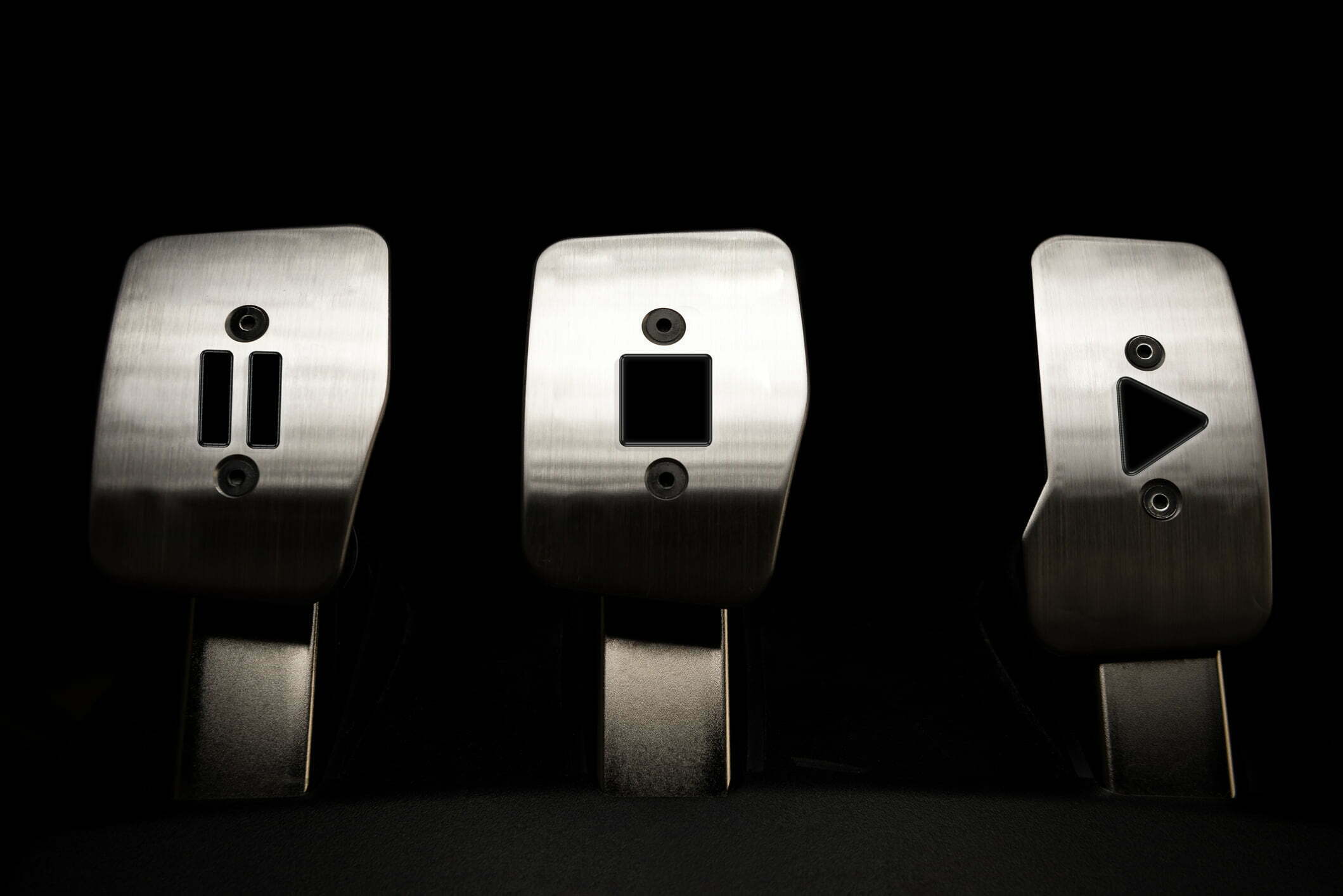A clutch is one of those things that we know of and use regularly, but know little about. Life is littered with such devices. I’m writing this blog on a laptop, the inner workings of which leave me befuddled. I simply press a button which sets off a chain of events, and now I’m typing away in a word doc.
A clutch is similar. All drivers use them (they’re even in automatic vehicles), but know little of their inner workings. While this knowledge isn’t necessary to drive a car, it can certainly help you be a better driver and take better care of your loyal and uncomplaining vehicle.
How does a clutch work?
The team at Eastern Tyres could talk about clutches for days, but we understand that most people don’t hold the same interests as us, so I’ll keep this brief. Basically, the engine in your car has components that are always spinning, and these components provide power to the wheels and get them rolling. Sometimes, however, we need to stop the tyres rolling so we can come to a stop, but have the engine still running (and spinning). In order for this to happen, the engine needs to be disconnected from the wheels – and this is exactly what a clutch allows. If not for a clutch, we’d have to turn the engine off every time we wanted to change gears.
When we compress the clutch (it’s that third pedal on the left, just in case you’re still wondering what we’re talking about), it disengages the engine from the transmission, allowing you to change gears while the engine is still running. It achieves this by pressing certain components together. Naturally, over time, these components will wear – as will anything that requires friction to work – but your clutch should still last years.
(That’s as brief as I could make it).
What is riding the clutch?
Premature wearing of the clutch can still occur, particularly when the driver is prone to riding the clutch. Riding the clutch happens when a driver leaves their foot on the clutch even when they’re not changing gears, compressing the pedal part of the way so that the clutch is partially engaged but not fully locked, creating more friction and wearing it out faster. Learner drivers, or nervous drivers, can make a habit of it, because they’re fearful of stalling. But experienced drivers are also guilty.
Replacing a clutch isn’t cheap, so let’s look at ways you can avoid riding it and prolong its life.
Ways to avoid riding the clutch
Relax!
Most cars have a little footrest to the left of the clutch pedal. Use it. When not changing gears, place your foot on this rest so that you’re not tempted to rest your foot on the clutch pedal itself, inadvertently compressing and partially engaging it.
Get comfortable
Too many drivers don’t have their seat adjusted to the position that best suits them. If you are too far forward, your legs may be too cramped to comfortably find a place for your foot to rest. Most cars allow you to move the seat back and forth and adjust the incline of the backrest. Ensure you can press the pedal all the way to the bulkhead, but still have enough room to lift your foot off the pedal and comfortably rest it to the left of the clutch.
Also, you should be able to hold the steering wheel at ten and two, with elbows slightly bent and shoulders relaxed. If you turn the steering wheel and your arm has to straighten to reach 12 o’clock, you are too far away. Driving isn’t about looking cool – it’s about getting places safely.
Take a look at the experts. Racing car drivers know more about this stuff than most, and you may be surprised at how bent their arms are.
Get confident
Sometimes – particularly if you’re learning – you lack confidence and might feel the need to hover your foot over the clutch to pre-empt stalling. Usually, more practice and more hours behind the wheel overcome this, but some people can’t help it.
If you find that your foot is always creeping towards the clutch pedal, then the simple answer is buying an automatic as your next car. There’s no shame in it and, to be honest, it’s what we’re all craving when doing the old crawl/stop in traffic.
Driving a manual car or stick-shift, whatever you want to call it, is still a handy skill to know, especially when travelling overseas. For some reason, Europe and the UK still drive more manuals than automatics, so when hiring cars over there, you’re more likely to be given a manual car. Autos are quite rare and when you ask for one, they usually charge you a hefty premium.
If you feel your clutch might be damaged, give us a call and we’ll run our eye over it.
